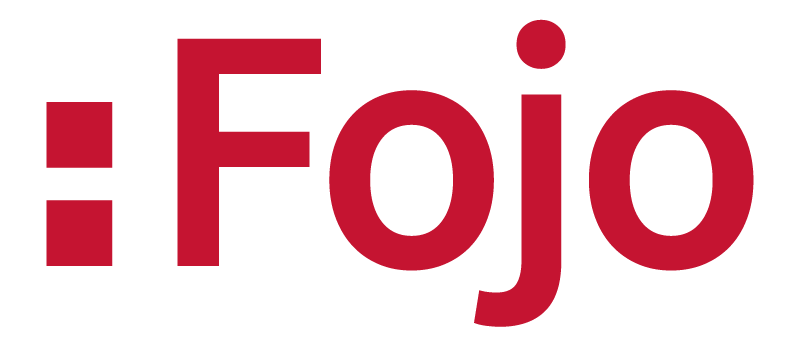Josefin Graef disputerade 2017 med en avhandling om mediediskurser kring den tyska terroristgruppen ”Nationalsocialistisk undergrund” (NSU). I sin bok undersöker hon bland annat hur terroristgruppen lagfördes och vilka bevis som framlades i tyska domstolar. Det var här hennes intresse för initiativet ”Forensic Architecture” växte fram. Gruppen rekonstruerade platser för det terroristiska våldet på en helt ny nivå och med nya angreppssätt och kunde därmed visa hur officiella versioner av händelseförloppen inte stämde. Faktajouren frågade Josefin Graef som just nu är vid Johns Hopkins University i USA om metoderna och resultaten den forensiska arkitekturen kan skapa.
Faktajouren: What is Forensic Architecture?
Josefin Graef: Forensic Architecture is an international research and human rights agency founded by British-Israeli architect Eyal Weizman at Goldsmiths, University of London, in 2010. It brings together architects, artists, filmmakers, journalists, scientists, and lawyers to investigate contemporary state violence and human rights violations. This includes both the violence itself, and attempted cover-ups by the state. As an academic field, “forensic architecture” treats natural spaces and built structures as sites that store data about violent events – such as illegal pushbacks on the Mediterranean Sea or torture in prison compounds. This data can be processed using different analytical methods and the evidence then presented to the public (forensic) to contest different claims about the truth of “what happened”. The agency conducts research projects on its own initiative but also on commission by and in partnership with non-state institutions, such as international courts, NGOs, activist groups, lawyers, and media organisations.
Faktajouren: How can it be used as a method of fact-checking?
Josefin Graef: For FA, evidence is never “neutral”. It does not speak for itself. As the title of a recent exhibition of their work in Athens puts it, “truth will not take care of itself” – it needs to be pieced together. How this happens is a question of power. This does not mean that there is no such thing as facts – FA invests a lot of time, expertise, and money to gather and produce rigorous counter-forensic evidence of a particular event (such as witness testimonies, satellite photos, simulations and experiments, digital models and maps). But this is only the first step. The second step is to present this evidence to the public to open up debate about its truthfulness. Neither official state accounts nor alternative accounts are “neutral”. The problem is that, traditionally, the state has the resources to claim a monopoly on forensic evidence and the power to define what is worth and appropriate to talk about in the first place, especially when it comes to questions of national security. In this unequal competition for truth, FA unequivocally sides with the victims of state violence. Apart from the counter-forensic evidence itself, their work supports truth-seeking in two other ways: by asking questions that the state considers off limits (for example about possible collusion between violent extremists and security authorities), and by putting pressure on governments to respond publicly to their investigations and match their level of transparency (FA publishes all of their findings on their website). Ironically, governments – both democratic and non-democratic – often dig a hole for themselves by questioning FA’s professional expertise and research integrity instead of rebutting their arguments.
Faktajouren: What are its possibilities and challenges?
Josefin Graef: One of the tools that the state has at its disposal for defining what is true is to compartmentalise evidence and knowledge across different institutions, e.g., parliaments, courts, museums, universities, etc. Evidence produced in one context (e.g., a parliamentary inquiry) can then be dismissed as irrelevant in another (e.g., a criminal trial) based on the argument that different norms and rules apply to them. FA’s work disrupts this state practice by actively crossing the boundaries between arts, research, media, politics, and activism. They help to improve the quality of public debate by acting as a kind of translator not only between the physical sites where violence happens and the public forum, but also between different forums. The amount of work and resources that go into this are certainly impressive – and concerning, too, as it shows how much it takes to challenge state practices. Of course, contesting official truths in public space based on meticulously researched counter-forensic evidence does not mean that FA is in possession of the truth – and they make no such claim. Sometimes though, I feel that the boundaries can get blurred in how FA’s work is presented and discussed in public. This is problematic because it makes it easier for governments to dismiss their work and reduces the power of counter-forensics to contribute to a critical public sphere.
Faktajouren: Can you give an example?
Josefin Graef: Forensic Architecture’s exhibition at the Röhsska Design Museum in Gothenburg from February 2020 to January 2021, “Design as Investigationˮ, was their first solo exhibition in Scandinavia. It was a particularly strong showcase of FA’s important work because it presented an investigation from Germany alongside two projects from Pakistan.
The investigation in Germany was about the role of a security agent in the murder of a young man, Halit Yozgat, on 6 April 2006, by the right-wing terrorist group National Socialist Underground (NSU). The investigations in Pakistan were about a US drone strike of a private house in the small town of Miranshah on 30 March 2012 and a fire in a textile factory in Karachi that produced clothes for a German high street chain on 11 September 2012. The exhibition, while small, demonstrated that state violence and its coverup are as much a problem in democratic states as in non-democratic ones, and that they are closely connected in a globalised world.



